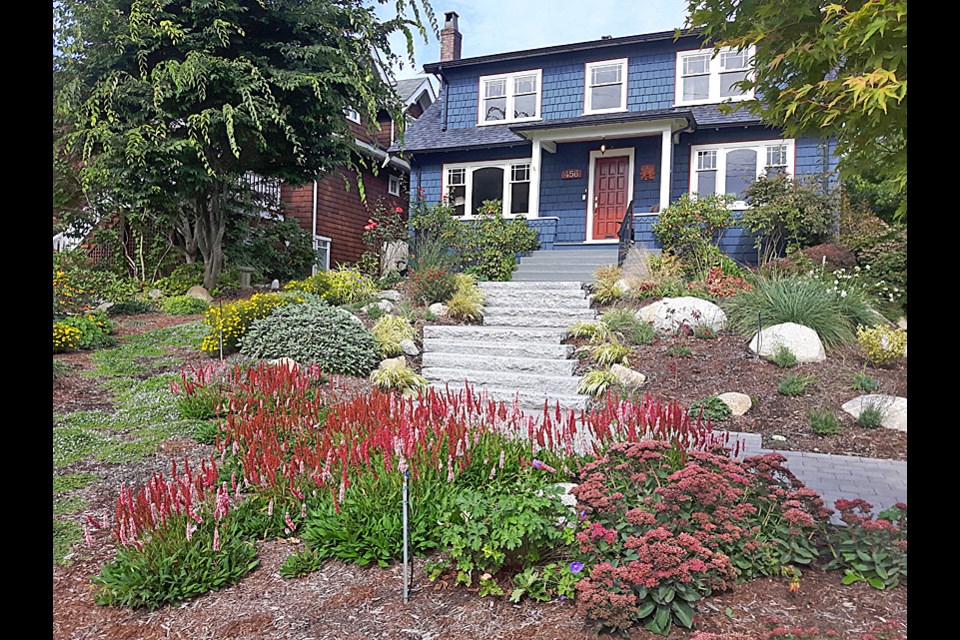With warmer, dryer days now occurring occasionally, people are getting to the spring ritual of lawn care.
Trucks full of people with big machines making lots of noise and spewing exhaust fumes, ripping and tearing away at moss and stripping away sod disturbed by chafer beetle larvae being hunted by crows, skunks and raccoons.
This is the fourth year now that lawns have been destroyed over the winter months.
I used to wonder how many years it would take people before they give up on having a lawn, now I just feel grateful that people are preoccupied by these tasks as it takes their attention away (somewhat) from pruning shrubs flowering in their gardens. (Yes, I am really bothered by this, still ranting four weeks later!)
I am also quite happy that it is inspiring a lot of people to give up on the pollinator deserts we call lawns. Much of my work is providing people with long-term solutions to the needless merry-go-round of lawn care.
Each year more and more people come to the realization that vast areas of turf grass do no good.
There are many more useful and beautiful options available.
Some of my favourite conversions are new gardens that consider the natural environment, the owners’ lifestyle, and the big trees we are blessed with on the North Shore.
Our very healthy population of numerous species of native bees here on the shore is benefiting from people committing to being conscious of creating habitat and reducing environmental pollutants.
With the recent developments in the pipeline project and threats about our fuel supply getting reduced or cut off, there is one more good reason to get away from a gasoline dependant garden.
I recently attended a conference where one of the presentations was aimed at sustainable garden practices.
The most impressive speaker was a professor from Washington State University, department of horticulture and landscape architecture. Her declaration that the Western red cedar is on the way to extinction was very sobering, as I have been noticing a lot of cedars dying from extended periods of summer droughts for several years, but it had not occurred to me that we are witnessing the beginning of the end of this magnificent species. Our world is changing, and with it we must prepare for a different way of life.
There will undoubtedly be many challenges adapting to shortages of water and resources, but there could also be some pleasant results of changing habits.
If we are willing to give up our obsession with lawns, we might find great pleasure in a quieter environment that looks and smells much better.
The owners of this garden were tired of lawn care and decided to turn the lumpy, torn up, sod strewn lawn into a pollinator garden with a bike path leading to their door.
Now they not only get more hours to spend cycling, they also get a smooth ride to and from their door!
Heather Schamehorn is a certified residential landscape designer, educator, sustainability advocate and acupressure therapist. Contact via www.perennialpleasures.ca



